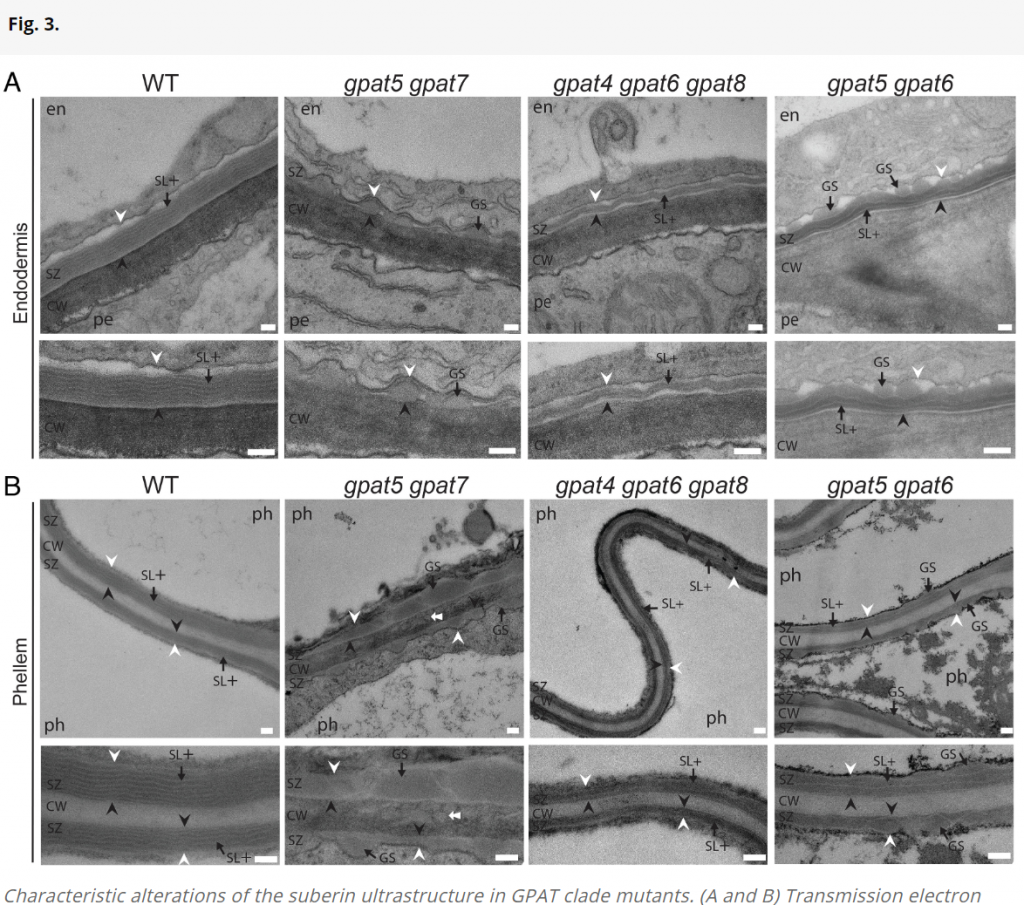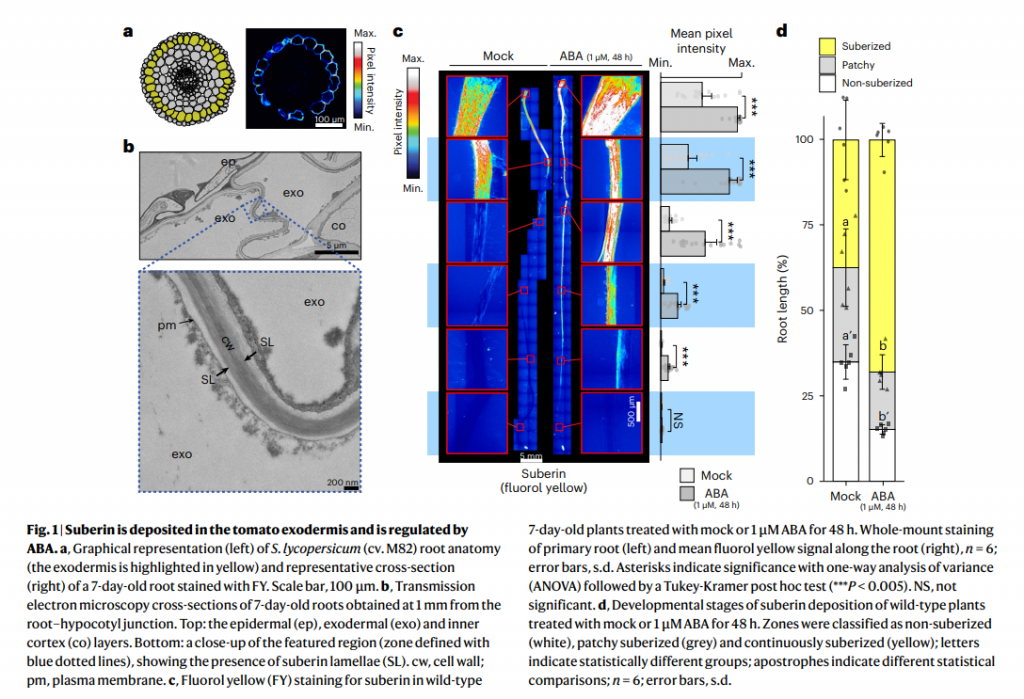Congratulations to the group of C Nawrath for this new publication! we are happy that the work of Damien De Bellis helped to finalise this study.



Electron microscopy Facility University of Lausanne
As a core facility dedicated to service at the Faculty of Biology and Medicine, we serve in priority investigators from all departments of the UNIL. We are providing full service, training on all our instruments and autonomous access to trained users. External users are welcome to contact us to discuss opportunities.
https://web-eur.cvent.com/event/240ba165-424b-412d-b7ca-904f17793c74/summary
It will be hosted by the Rosalind Franklin Institute at the Harwell Science & Innovation Campus, Oxfordshire, UK from October 21-24, 2024.
The focus of the Forum will be on sharing and discussing technical issues and fostering the vEM community. There will be technical presentations, posters, and panel discussions, as well as hardware and software demo lounges and social activities. The annual vEM Town Hall will also take place during this meeting (with in-person and remote access available for this session).
Session Topics will include:
With Challenge Panel Sessions on the following topics:
A limited number of travel bursaries will be available for early career researchers, especially those with longer journeys. Last, but not least, we are extraordinarily grateful to those who have helped with organising and also our sponsors who have made this possible: Thermo Fisher Scientific, JEOL, Zeiss, Leica, Oxford Instruments, ConnectomX, Delmic, WEBKNOSSOS, Microscopy Innovations and SiriusXT
Here a new article in Nature Plant done with the help of Damien De Bellis from the EMF
